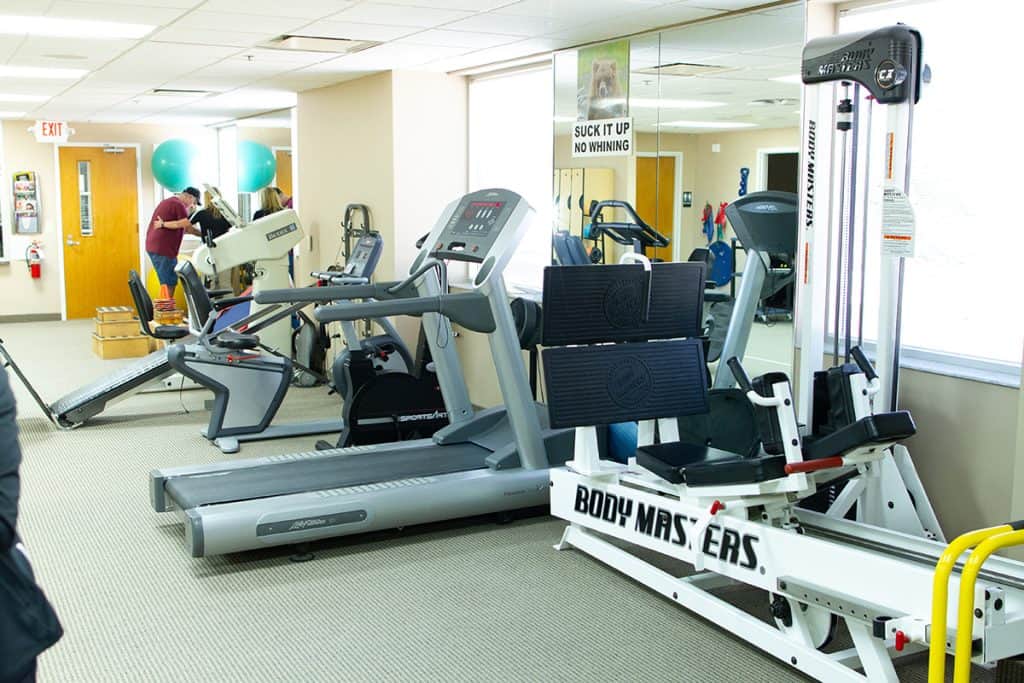
We have a full bathroom for our patient’s convenience and lockers to secure your personal belongings.
Physical therapy can treat a wide range of conditions, including musculoskeletal injuries (e.g., back pain, sprains), post-surgical recovery, arthritis, sports injuries, and balance issues.